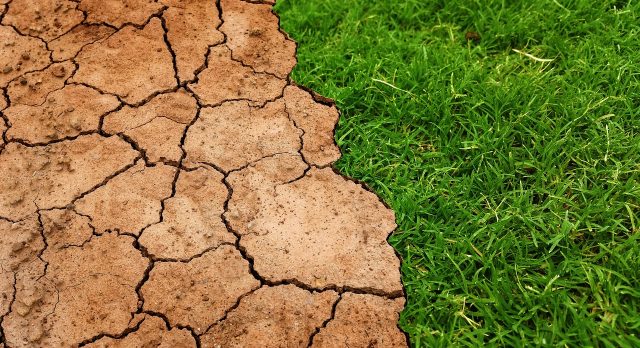
The Climate of Italy has Changed a lot in Recent Decades and Structural Solutions are Needed
Last May, the entire Italian peninsula was scourged by catastrophic storms that caused victims and damage in various regions and it was necessary to resort to all possible resources to rescue and secure the places affected by the heavy rains. The winter that has just ended has seen lakes and rivers in extreme water shortages and the risk of drought has been the main fear of the entire agricultural and tourist sector, fundamental for the whole territory, but such a high quantity of water that has fallen in recent weeks has not done nothing but worsen the situation and make it even less manageable.
The mayors of the cities of central-northern Italy had been warned about the risks of the perturbation arriving in mid-May but, despite all the recommendations, the population was not ready for a flood of this magnitude, impossible to predict. Suffice it to say that in just 24 hours more than 300 millimetres of water fell and in 36 hours, the rain that normally falls in an entire year poured into the Emilia-Romagna area, causing landslides and the breaking of the banks of fourteen rivers which have thus allowed water to invade and partially submerge twenty-four municipalities throughout the region.
The situation of the territories affected by the unpredictable devastation of the heavy rains immediately appeared desperate and all the necessary resources were used to save the people trapped in their homes or taking refuge on the roofs. Unfortunately, there have been victims, overwhelmed by the force of the floods or by the impetuosity of the landslides. The entire national railway network has suffered damage and inconvenience due to the unavailability of some stretches in Emilia-Romagna and the delays of the trains have been numerous, as have the closures of stretches of highway near the most affected cities, causing up to 20 kilometres of traffic on the main Italian road arteries. Despite the drop in rainfall in the last days of May, the risk of new flooding by the numerous rivers in the area has never diminished due to the inevitable thrust of all the tributary watercourses.
Due to bad weather, events and sporting events such as the Formula One Grand Prix which should have taken place in Imola on Sunday 21 May were also cancelled to avoid further stress on the authorities already involved in emergency management. The worst impact of a similar event has been suffered by the entire agri-food sector of the area, considered one of the main ones in Italy and the consequences are likely to be very serious. Not only were the crops affected, some of which were completely devastated by the force of the rains, but also all the agricultural product processing companies that suffered from the lack of raw materials. These phenomena, increasingly frequent and devastating, are characteristic of tropical areas of the world, suggesting an effective topicalization of Italy.
Wwf Italia has observed how similar events are multiplying in recent years and, while they were once considered rare and exceptional, they are now the order of the day, especially between one season and another. For the geologists questioned, the future of Italy, as well as that of other states in similar conditions, at least in terms of climate, would seem to be already marked and it is estimated that the whole peninsula will suffer more and more from the ongoing climate change due to global warming. The problem, although it is already considered at a critical point of no return, could be marginalized by a radical change in Italian building policies that had always too little attention, so far, to the protection of coasts, slopes and watercourses which, with the worsening of weather conditions, undergo landslides and mudslides. A reform of new buildings and the safety of old ones is now essential to save part of Italy from new environmental catastrophes.



 Subscribe
Subscribe